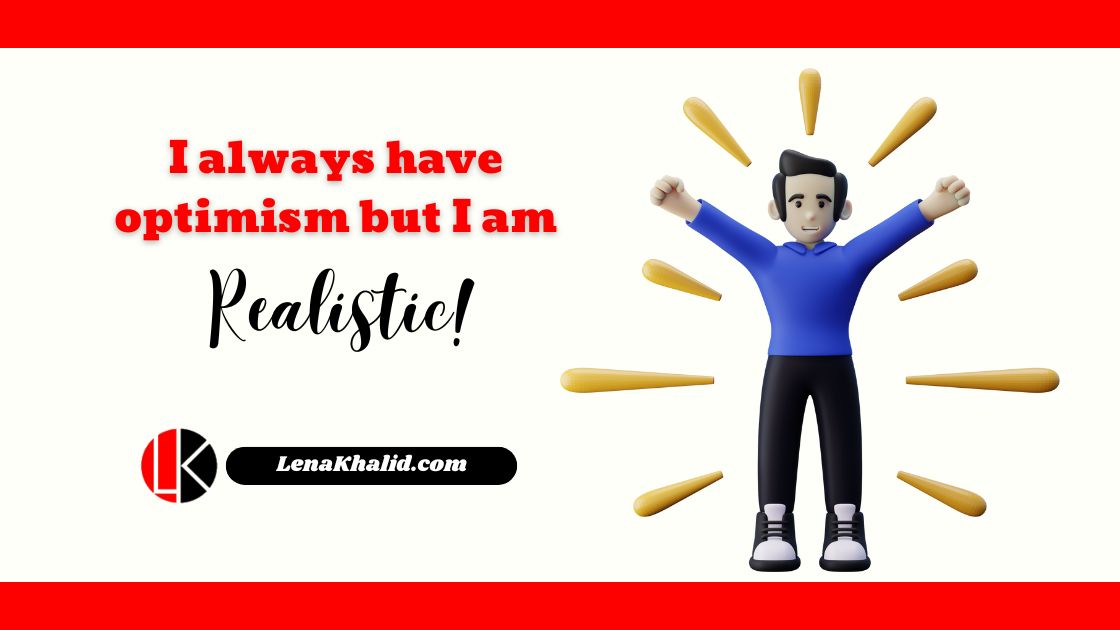If You Don’t Have a Good Customer Avatar, You’re Losing Money
If you try to help everyone, you’ll never help anyone.
That is possibly one of the most profound and impactful lessons in business. When you reach too far and try to help too many people, the message will be watered down so much that no one will truly benefit.
You need to target.
Your target can be huge or small, but it has to be a target. Something real and easy to understand. Something specific enough to attract the right users and reject the wrong ones.
When you dial in your target market and know who your best customer is, amazing things happen. You can find them more easily when you are advertising. You can speak more clearly to them in a sales letter. You can deliver them greater value with your product. You make them want to sign up for your service no matter what.
Having a well-defined target for your ideal customer does more than tell you who you should be trying to sell to, it tells you who to avoid at all costs. This will save you time and money across the board and most definitely help your bottom line.
If you have a dating app, why bother advertising to married people?
I know it’s hard to imagine in the beginning, but there are people who you shouldn’t work with. In my business, I refuse to work with anyone I think will be an unrelenting pain to work with. I don’t care how much money they are willing to pay, I just don’t want that stress in my life.
With some research, I am usually able to drill down some key demographics and personality traits that more or less eliminate these people from my pool of available customers.
The result is I don’t have to deal with people I don’t like very often, which is amazing.
That’s why you should have a great ideal customer avatar.
To define your ideal customer, you need to write out an avatar with a name and all relevant information. Nothing vague like “uses a mobile phone and is on Facebook” will work. It has to be incredibly detailed or you likely won’t get any benefit. You should include their income range, demographic information, likes, dislikes, hopes, dreams, fears, desires, what they read, what they watch and much more. Anything and everything to help you connect with them on an emotional level is key.
Figuring out their emotional data is hard, but you need it because we are an emotional species. Our emotions drive us to do everything, much more so than boring old facts.
Here is a brief example of a customer avatar that would be an ideal client to work with me and my team:
Basic Demographics
- Name: Steve.
- Wealth level: Middle Class, blue or white collar.
- Income level: ~ $100,000 (depending on where they live.)
- Savings level: > $10,000.
- Willingness to invest in their business: >= $2,000.
- Home value: > $200,000 (or renting a nice place).
Characteristics
- Determined.
- Able to focus.
- Decisive.
- Non-complaining.
Pains
- Spending too much money on freelancers.
- Not knowing how to build their idea.
- Working a 9 to 5 filled with stress.
Fears
- Wasting a good idea.
- Wasting money on technology.
- Getting beaten to the punch.
- Not knowing how to get their product built.
Desires
- Becoming a famous tech startup CEO.
- Working from the beach.
- Selling a company for a ton of money.
- Traveling the world on a yacht.
- Working from home without a boss.
Education
- Bachelor’s degree, no college or a two-ayear degree.
- Trade school or apprenticeship.
Add in what they read, what they watch and more personal details of that nature, and you have an amazingly detailed and targeted avatar to work with. You’ve found your ideal customer.
This will help you target them in ads, write copy that connects with them and build an app that they love using. It will help you figure out what value you can to deliver and determine a pricing structure that makes sense. It gives your ideal user a solution that helps them solve a major problem that they couldn’t solve on their own.
The more you can figure out in your avatar, the better you’ll understand why your ideal client wants to use your product or service, how to reach them, how to make them happy and how to get them to buy. Your marketing, customer service, sales and product development will be tailored to the exact person you want to work with. Everyone wins.






